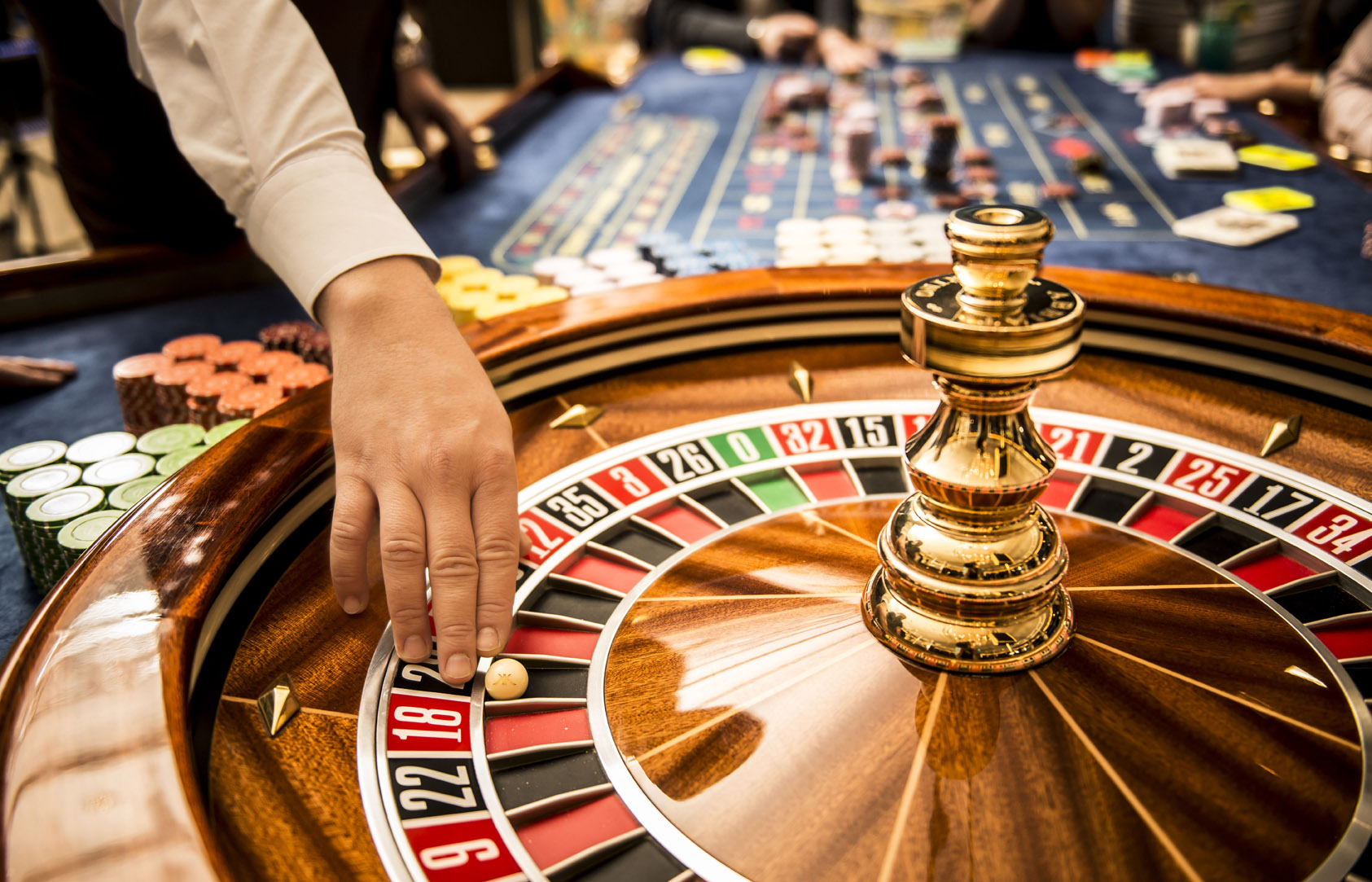
In a vibrant and stimulating world of casinos, where luck and tactics intertwine, color and design play a critical role in drawing in gamblers. As soon as visitors step into a casino or log into a gaming website, they are enveloped in a visual feast that captures their attention and entices them to explore more. Bright colors, engaging graphics, and creative layouts are carefully crafted to create an atmosphere of thrill and expectation, ultimately improving the gaming experience.
As players navigate through the ever-changing landscape of casino games, they encounter a range of designs that not only serve aesthetic purposes but also affect feelings and choices. Hues like red and yellow symbolize riches and luck, while calm navy and greens can create a more tranquil environment. Grasping how these elements work together allows casinos to create an inviting and stimulating atmosphere that encourages players to interact with the games, invest additional time at the tables, and increase their overall enjoyment.
The Study of Hue in Casino Games
Hue plays a key role in the creation of gambling games, affecting players’ feelings and behaviors. Vivid and bold colors, such as scarlet and amber, are often used to ignite thrill and capture focus. These shades create a sense of immediacy and dynamism, encouraging gamblers to participate more eagerly with the game. By strategically selecting colors, creators aim to inspire feelings of pleasure and anticipation, which can enhance the total gaming experience.
Distinct colors also have psychological connotations that can affect how participants perceive their odds of victory. For instance, emerald is frequently associated with luck and prosperity, making it a frequent choice in games like roulette and poker games. This connection can cause gamblers to feel more positive and confident in their gaming, ultimately inspiring them to stake more. Understanding these associations allows game developers to design environments that enhance player enjoyment and engagement.
Furthermore, the interface of gaming interfaces often employs color gradients and opposing shades to guide players’ actions. For example, winning combinations may be emphasized with vivid, contrasting hues, creating a visual cue. This technique reinforces favorable outcomes and supports repeated gameplay. By exploiting color psychology, gambling establishments can design games that not only draw participants but also hold them interested and invested in their game experience.
Design Elements that Engage Players
The aesthetic appeal of gambling games is primarily influenced by the implementation of bold colors. Bright and contrasting colors are deliberately chosen to create an appealing atmosphere that grabs interest. For example, reds and golds often signify luck and wealth, which is why they are common in the palettes of slot machines and table surfaces. These colors not only attract players in, but they also evoke emotions related to thrill and expectation, enhancing the overall gaming experience.
In addition to color, the design and layout of gambling games play a crucial role in player attraction. Games are designed to be intuitive, ensuring that players can easily understand the guidelines and mechanics. User-friendly interfaces, along with captivating graphics and animations, help maintain gamer interest and promote longer play sessions. The tactile elements, such as the texture of the controls and the audio of the games, also add to a holistic sensory experience that keeps players engaged.
Finally, conceptual elements in gaming design can greatly influence gaming decisions. Many casino games are inspired by media, fairy tales, or exploration motifs, featuring symbols and characters that resonate with players. These themes create a sense of immersion and relatability, making each game feel unique. When players feel a connection to the concept, they are more likely to opt for that game over others, leading to higher participation and excitement within the gambling environment. Go88
Case Studies: Effective Gambling Game Designs
One prime example of successful gambling game design is the well-known slot machine series themed around hit movies. Games such as those based on the Wizard of Oz and Game of thrones utilize dynamic colors and superior graphics to engage players in familiar narratives. The use of dynamic visuals and entertaining sound effects grabs the attention of players, building an emotional connection to the theme. This tactic not only encourages longer play but also improves the overall gaming experience, resulting in increased player retention.
Another effective case is the application of color psychology in table games like 21 and roulette. Casinos often develop these games with dark reds and greens, colors traditionally linked with luck and wealth. For instance, the emerald felt on a 21 table provides a soothing effect, while the crimson accents in the wheel invite excitement. This thoughtful use of color helps to create an inviting atmosphere that motivates players to engage, satisfying their psychological impulses and enhancing their enjoyment.
Finally, online casino games that feature community features and lively, colorful designs have seen remarkable success in engaging players. Games like Zynga’s Poker and Slot-O-Mania leverage striking colors and playful animations to create an inviting online environment. The integration of leaderboards, community sharing options, and in-game rewards fosters competition and community, drawing players in for longer sessions. Such designs merely make the games visually appealing but also highlight social connectivity, a key factor in player retention and engagement within digital casino environments.
